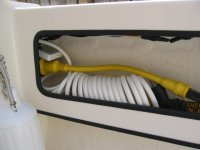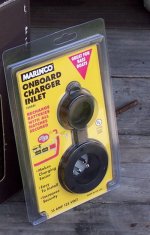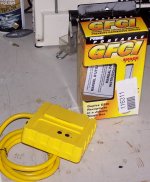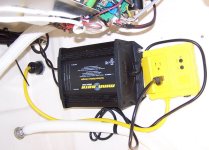I'm looking for a waterproof plug to mount as a thru-wall in the cabin wall, under the gunnel. I'll be plugging in a dock shorepower cord, and a cord rigged from a generator. The thru-wall plug will be wired to a GFI outlet box that I'll mount inside the cabin.
There are so many choices available that I have no idea which one I need!
I'm assuming that I need one that will accept a common (30A?) dock cord, or do most docks have a female plug rather than a cord?
These things are impossible to find in stock, or find anyone that would know what I need, here in western NC.
TIA!
There are so many choices available that I have no idea which one I need!
I'm assuming that I need one that will accept a common (30A?) dock cord, or do most docks have a female plug rather than a cord?
These things are impossible to find in stock, or find anyone that would know what I need, here in western NC.
TIA!







